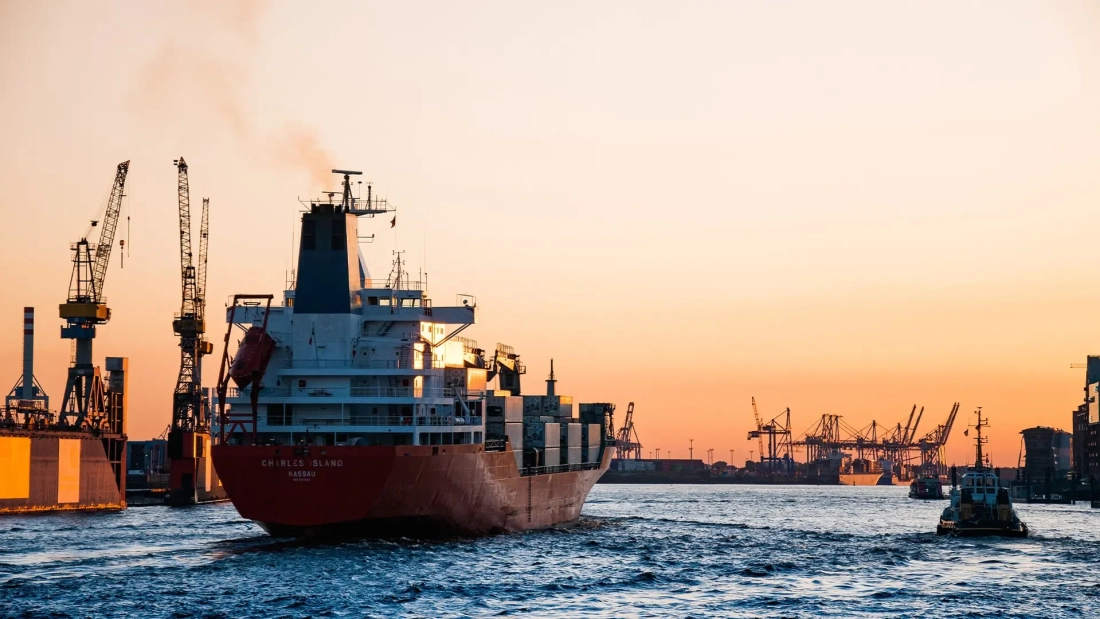Historical Background
The evolution of maritime safety standards can be traced back to the early days of seafaring when basic rules and regulations were established to mitigate risks and ensure the safety of voyages. Over time, as maritime activities expanded and became more complex, the need for standardized regulations became increasingly evident. This led to the development of international conventions and treaties aimed at addressing various aspects of maritime safety and security.
Scope of ISO 30000
ISO 30000 applies to a wide range of activities within the shipping industry, including the design, construction, operation, maintenance, and disposal of ships and marine structures. It covers aspects such as risk management, safety procedures, environmental protection, and quality management systems. The standards outlined in ISO 30000 are applicable to all types and sizes of vessels, from commercial ships to offshore platforms.
Key Requirements
One of the key requirements of ISO 30000 is the implementation of a Safety Management System (SMS) tailored to the specific needs and characteristics of each organization. This involves identifying potential hazards, assessing risks, and implementing measures to mitigate them. Additionally, This standard emphasizes the importance of conducting regular audits and inspections to ensure compliance with the established standards and regulations.
Benefits of Implementing standard
Implementing ISO 30000 brings several benefits to organizations operating in the maritime sector. Firstly, it enhances safety measures, reducing the likelihood of accidents and incidents at sea. Secondly, it improves operational efficiency by streamlining processes and minimizing downtime. Thirdly, it enhances the organization’s reputation and credibility by demonstrating a commitment to safety and quality. Finally, it ensures compliance with international regulations, facilitating access to global markets and opportunities.
Challenges in Implementation
Despite its numerous benefits, implementing ISO 30000 can pose several challenges for organizations. One of the primary challenges is the cost implications associated with upgrading infrastructure, training personnel, and obtaining certification. Additionally, ensuring employee buy-in and awareness of the importance of adhering to the standards can be a significant hurdle. Integrating This standard requirements into existing systems and processes may also require substantial time and resources.
Conclusion
In conclusion, ISO 30000 plays a vital role in enhancing safety and quality in ships and marine technology, ensuring compliance with international regulations and standards. By implementing This standard, organizations can improve safety measures, operational efficiency, and environmental sustainability. While challenges exist in the implementation process, the benefits far outweigh the costs, with This standard contributing to the long-term viability and competitiveness of the maritime industry.

